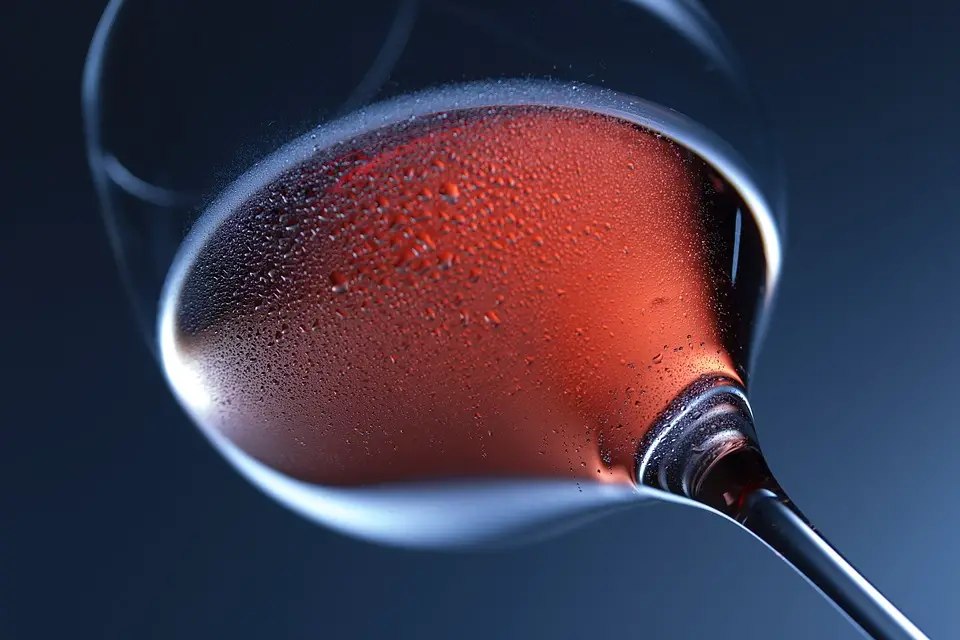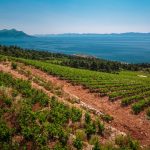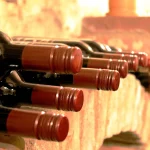As Poslovni Dnevnik/Marta Duic writes, the sommelier vice-champion of Croatia, Josip Oriskovic, presented ten wines from the Dvorac Belaj Winery (from Belaj Castle) at the Wine Club over recent days, three of which were premieres because the wines won’t even be placed and available on the market until next week.
Along with the Belaj Castle, which is located within the stunning and dramatic landscape of the Ucka mountain, there are also historical vineyards that were restored back in 2011 by the Russian Belay family.
Namely, the Russian financier Oleg Belay, who has been coming to Umag for years, decided to buy the castle and the property after learning that they bear the same name as their family name, leaving it to his son Zan Belay. The vineyards dotted around the Belaj Castle were soon restored, and today the estate houses a winery, a restaurant and even a proper space for events and celebrations.
“The Belaj Castle has a long history, and today we can boast of 12 hectares of vineyards and an annual production of 35,000 bottles. These are wines of smaller series, aged, and the vineyards and the castle have matured together. Although many point out that this is a Russian story, everything in the vineyard is the work of Croatian hands,” revealed Oriskovic, adding that without this investment, there would be no restored vineyards to even speak of, much less visit and produce from.
Although most of the vineyard area has been restored, they have retained two acres of old Malvasia plantations and four acres of Chardonnay. The plantations are from the 1960’s and it is from these positions that the Malvasia selection is coming along nicely, which will be available soon.
“The Malvasia selection 2019, which is due to arrive on the market next week, is a Burgundy-style Malvasia aged in Slavonian oak barrels of 3,000 litre capacities and has a creaminess to it. The last Malvasia Selection was from back in 2016, it was sold out, there are only about two hundred bottles of it left that are in our archive. As young winemakers, Kozlovic helped us out in the creation of this wine, and Ivica Matosevic helped us in the creation of our sur lie chardonnay from 2014,” explained Oriskovic, noting that the vineyards are in an ideal position because Ucka protects them from the elements and that there is never fog on their estate.
On two hectares of Belaj Castle land they grow black varieties while everything else is white. In addition to wine production, the event organises various events about fifteen times a year, and they also offer guided tastings in which they nurture an individual approach to the guest. Oriskovic pointed out that the most frequent guests of their tastings are Scandinavians and Poles.
“The most significant investment we had was in the renovation of the vineyards because all twelve hectares were neglected. We’re still concentrating on the vineyards, cellars and wines and we ‘re constantly investing in that. The basement has stone floors and we’re the oldest Istrian cellar with a stone floor, and the property also has a tasting room, a wine cellar and a restaurant. Our main export markets are Croatia’s immediate region, more precisely Slovenia, Bosnia and Herzegovina and Serbia,” said Oriskovic.
Today, the beautiful Belaj Castle is known as the only château in all of Croatia, which means that wine production comes exclusively from grapes from the historic vineyards around the castle, and all of the wine is processed and aged right there on the property.
After they founded the Belaj Winery back in 2011, the Russian Belay family has been completely returning production to the cellars of the castle since 2016. Since 2003, theBelaj Castle has been on the register of protected cultural assets of the Republic of Croatia.
It’s also worth noting that the viticultural story of the Belaj Castle begins at the end of the 17th century, when the castle passed into the hands of Johann Weikhard von Auersperg (1615-1677), the Prime Minister of the Austrian Empire during the Habsburg Empire. It was he who initially recognised the benefits of the soil and microclimate of this part of Istria and began growing olives and vines there.
For more, check out Made in Croatia.












